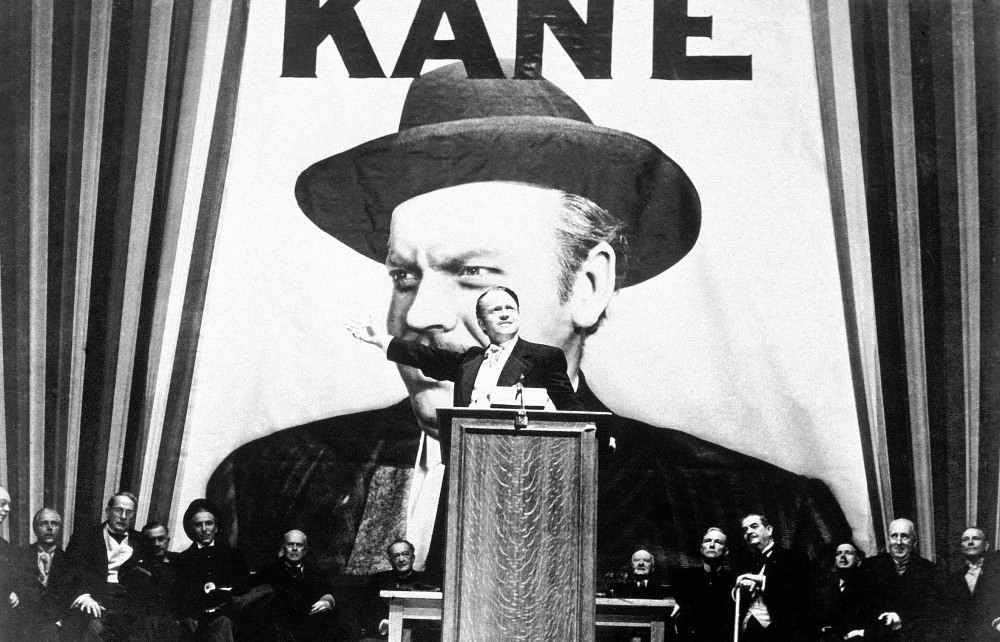My Favorite Film: Breaking Down the Creative Elements
As someone with a reputation for being a “movie buff” (probably thanks to my involvement with the Footcandle Film Society and the annual Footcandle Film Festival, being a member of the North Carolina Film Critics Association, and the fact that the staff at the local AMC Theater know me on a first-name basis), I get asked on a regular basis what my all-time favorite movie is.
My answer is always the same: Orson Welles’ CITIZEN KANE, released in 1941.

This choice is seen by many as uninspired as the film has become something of a cliche in the years since its release. However, I can say with absolute certainty that my serious love of film started upon a screening of CITIZEN KANE during one of my film studies classes in college. And despite being close to 80 years old, it has created the blueprint and standard for many films that follow. In fact, I find myself using it as an inspiration when working on creative projects for our clients.
Here are some of my favorite aspects of the film:
Rosebud. The most famous word in the history of cinema, “Rosebud” became a cultural touchstone in storytelling as it explained everything in the film while also explaining absolutely nothing. Since it’s release, we have seen many film writers use a “macguffin” — an object or event that may seem necessary to the plot but ends up being insignificant in itself — and I have a hard time believing many of them were not inspired by Mr. Welles.
Shadows. When you watch CITIZEN KANE, pay close attention to the use of shadows in almost every key scene. Some characters are kept intentionally in shadows throughout the film, while others have shadows fall upon them during moments of weakness or oppression.
Deep focus. In most movie scenes, the key elements are in focus while those closer or further away are not. This is meant to draw your attention to one particular item in the frame. However, CITIZEN KANE made early use of “deep focus” where everything in the frame was in focus at the same time. This effect allowed Welles and cinematographer Gregg Toland to help you see the entire scene as important and not just one character or item.
Optical illusions. Welles and Toland played with the audience’s eyes in at least two occasions. Thanks to the deep focus effect, you are led to believe that the windows in the back of the room are of normal size and height. However, as Charles Foster Kane walks towards them – staying in focus the whole time – you realize the windows are huge. The same thing happens at a fireplace in the Xanadu palace; we realize during the course of a scene that this fireplace is enormous and is a great example of the excess Kane has surrounded himself with.
There are many other aspects that I could speak to — such as the use of matte drawings, scene transitions, and filming angles — that help to make the case for CITIZEN KANE being one of the most ground-breaking and creative films ever made.
Anytime we face a challenge in our own Jackson Creative projects, I am reminded of the fact that this 80-year-old film made its own bold choices and used — at the time — limited resources available at the time to create a timeless masterpiece.
